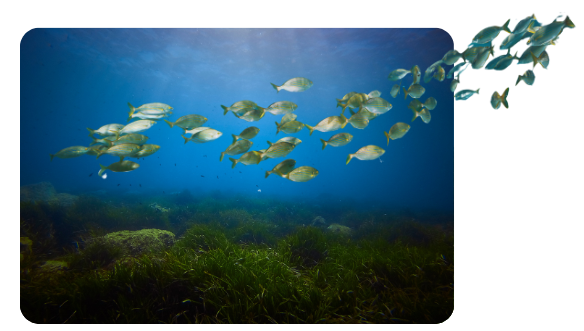Story
PML hosts work experience placements: discover one of the experiments!
24 July 2024
We had a great week hosting work experience placements with Sixth Form students from the Nuffield Trust, with the aim to introduce students to the use of ocean colour measured from satellite and how it is (in practice) related to the properties of water constituents.

In this gallery of photos, you can see an experiment from the week where we simulated coastal water and our own “satellite”, with the support of PML’s Dr Victor Martinez-Vicente, Dr Thomas Jordan and Dr Daniel Clewley.
The Plymouth coastal water was simulated with a 1000 litre tank, filled with water and sediments from the Plymouth Sound sea floor, collected specially by our research vessel (Plymouth Quest).



The “satellite” was a hyperspectral radiometer, which follow similar measurement principles to the real satellites under construction by the European Space Agency, ESA. We added different amounts of sediment to increase the turbidity (the relative clarity or cloudiness) of the water and measured the increased turbidity using our “model satellite”.




In our experiment, we also used measurements that anyone can use – citizen science tools – useful for monitoring the coast where satellites have blind spots (e.g. very close to land).
The students took high-tech citizen science smartphone camera measurements through the HydroColor App – which uses the phone’s digital camera to determine the reflectance of natural water bodies and also measurements with very ancient tools, such as the Secchi Disk.



A Secchi disk, historically called a “dinner plate” by sailors, is a simple water quality monitoring tool that has been used since the mid 19th Century. Secchi disks are used in the open ocean to measure water turbidity, they work by lowering the white disk into the water and recording the depth at which it disappears, and this tool is still useful to ocean scientists today, even in the age of satellites.




The work links with the ESA funded work HyperBOOST and MiTHO projects, which involve monitoring marine ecosystem health and threats by using in-situ hyperspectral bio-optical and satellite measurements.
We would like to thank and congratulate Dr Victor Martinez-Vicente for organising such a successful and fun week of activities for the students.
